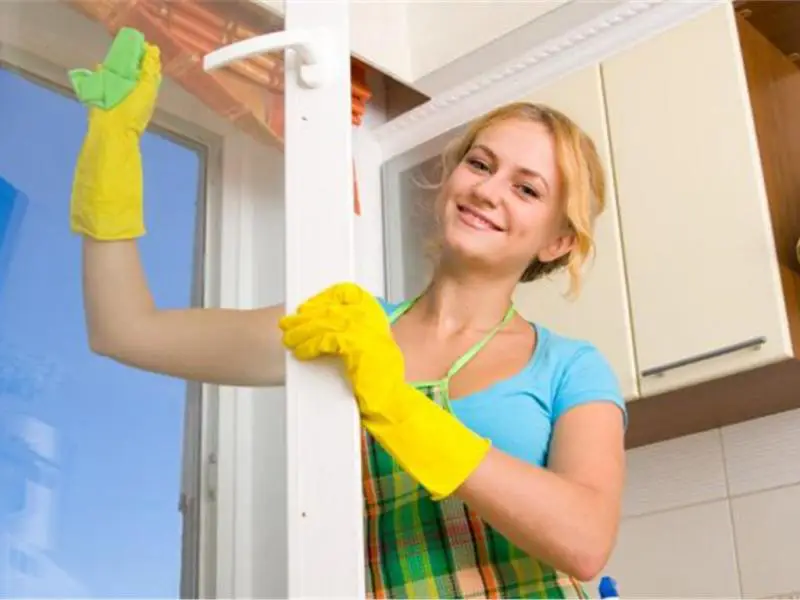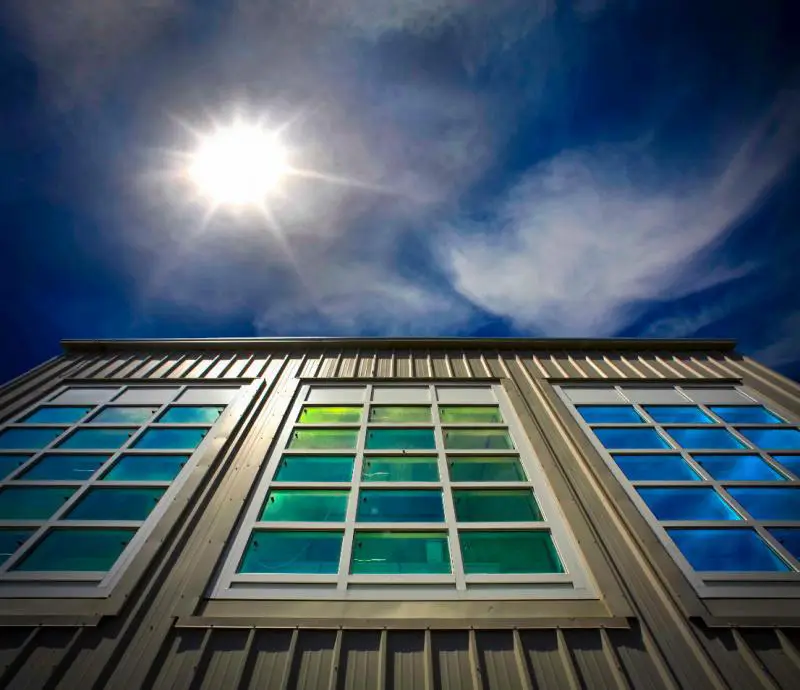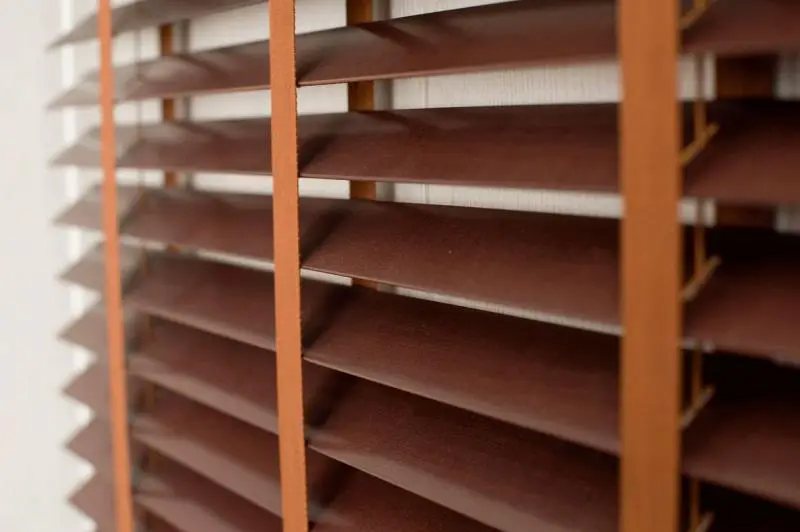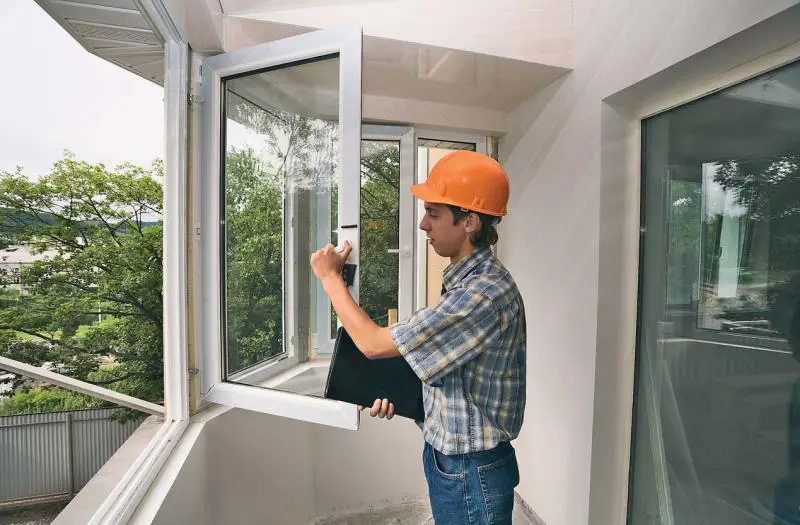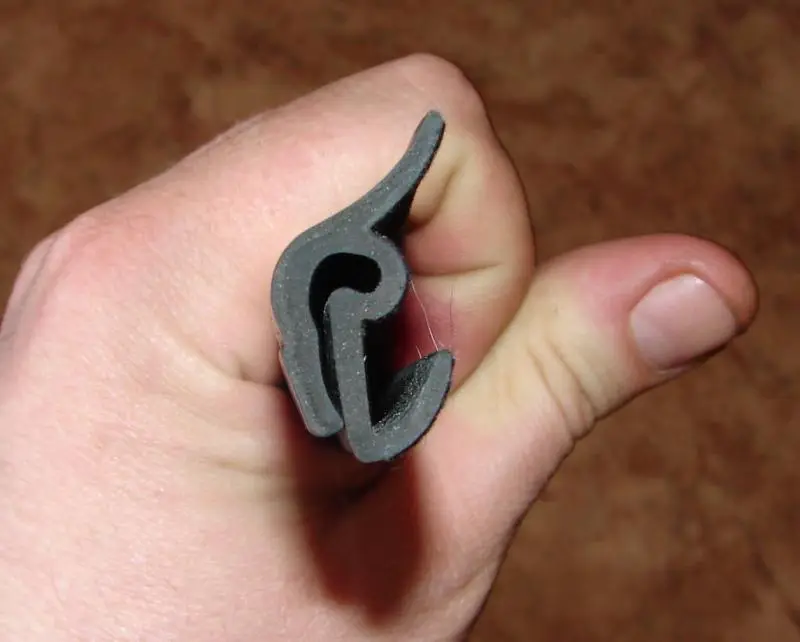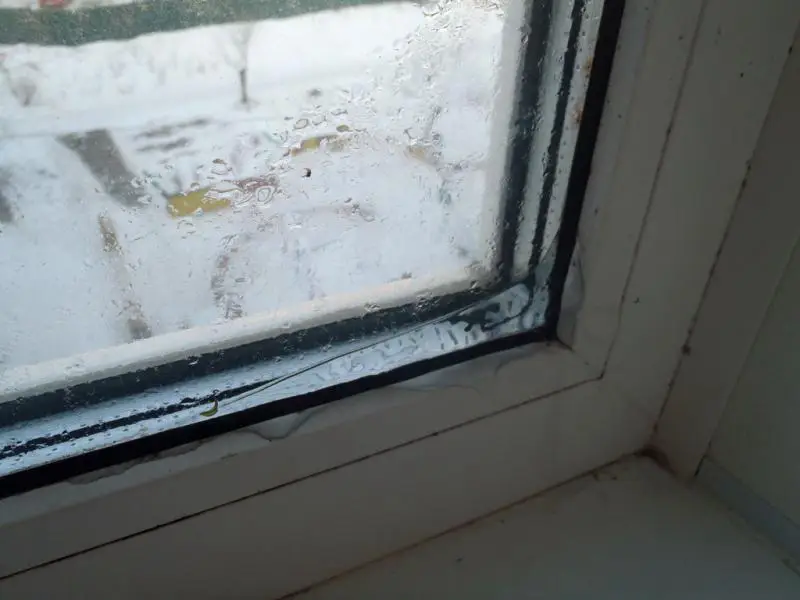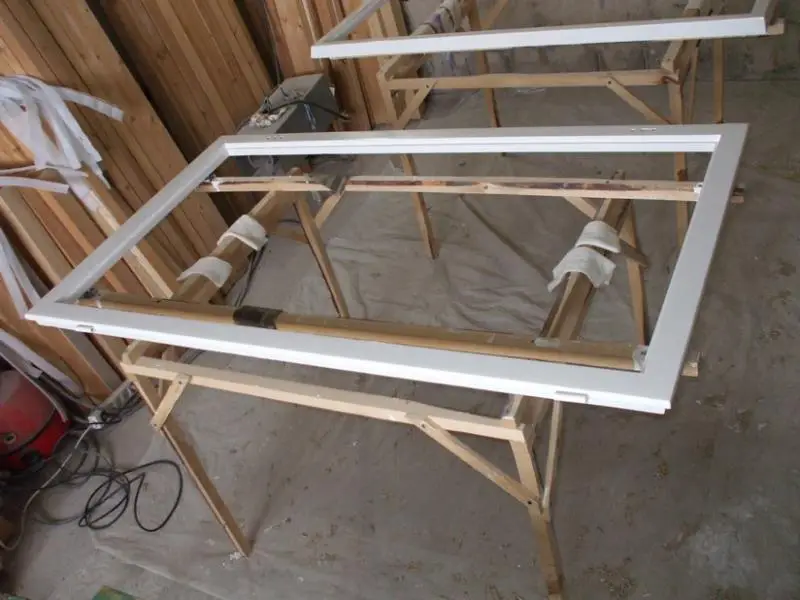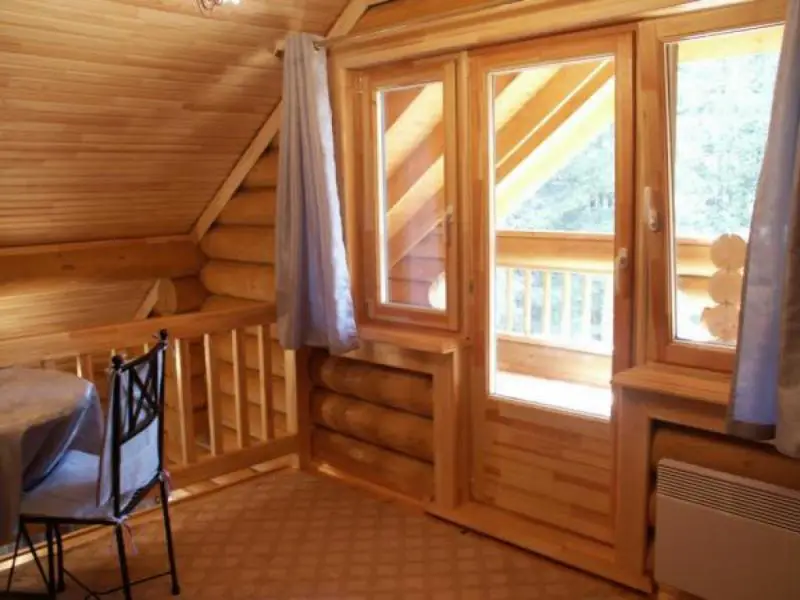There can be your advertisement
300x150
Painting Kitchen Walls: Benefits of Choosing and Useful Tips
When choosing finishing materials for walls, designers increasingly favor paint. And this is not surprising. Paint allows you to create the perfect backdrop for any interior decor. The ability to mix colors, achieve a vast range of shades, and create unique color effects makes paint one of the most relevant finishing materials in modern interior design.
Undoubtedly, when it comes to finishing walls in the bedroom, living room, or hallway, paint offers several compelling advantages over other materials. However, decorating the kitchen requires more careful consideration. In kitchen interiors, aesthetic elements take a back seat to practicality.
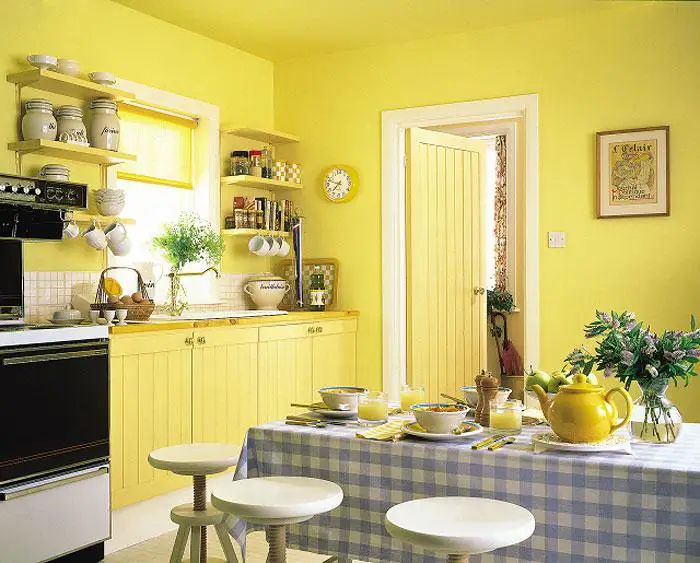
Key Benefits of Painting Kitchen Walls
1. Unlimited color options. As previously mentioned, you can easily choose the paint that best complements the colors of furniture and decor, or achieve the desired tone by mixing.
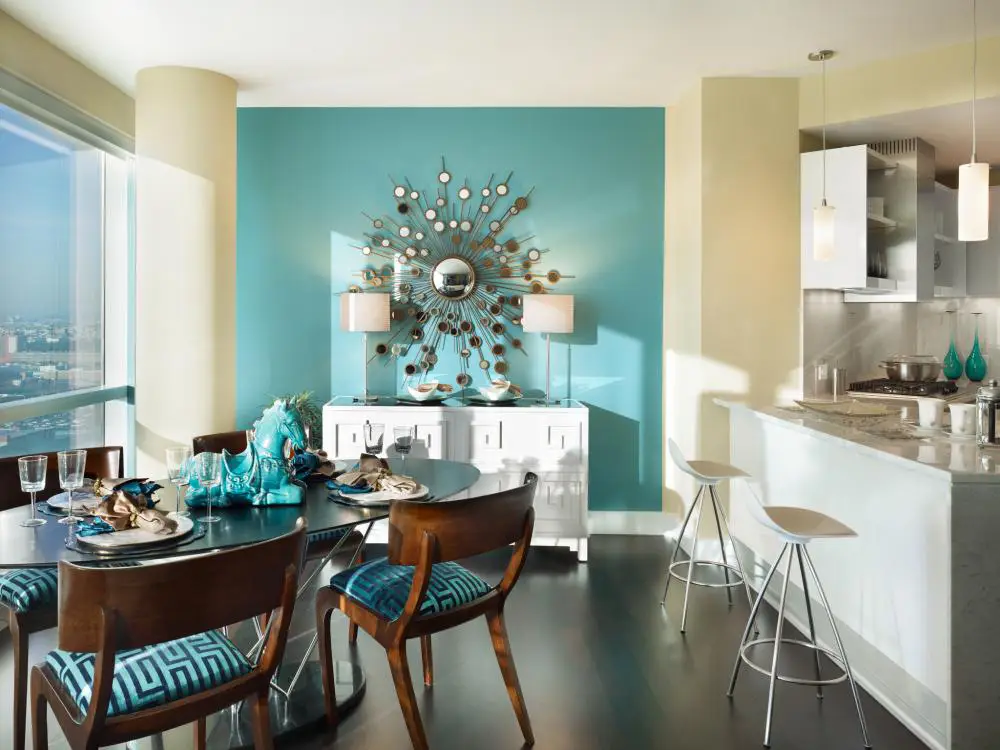
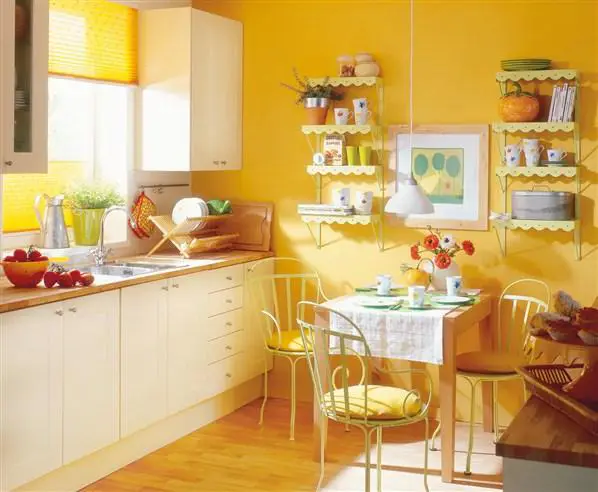
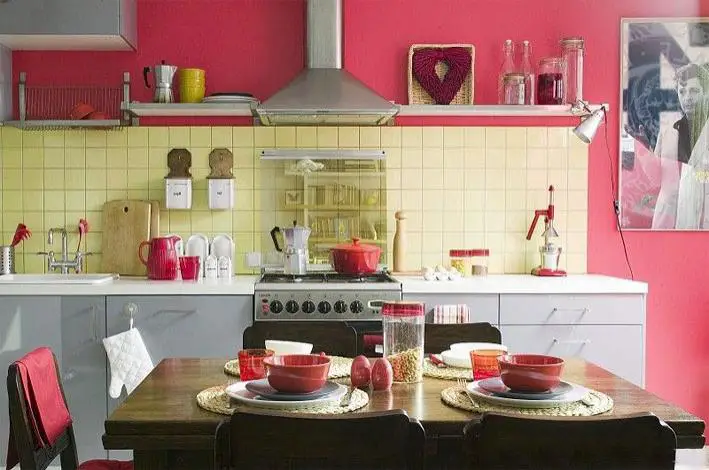
You can achieve a similar effect using paintable wallpapers. However, this requires double work (first wall covering, then painting) and additional costs for purchasing two different materials.
2. Relatively low cost. While tiling is the most practical option, its cost is significantly higher than that of paint. Moreover, this method of kitchen wall finishing has long gone out of style. Today, tiles are used only for kitchen backsplashes.
The optimal balance of practicality, aesthetics, and affordability is achieved by combining painted walls with partial tiled sections.
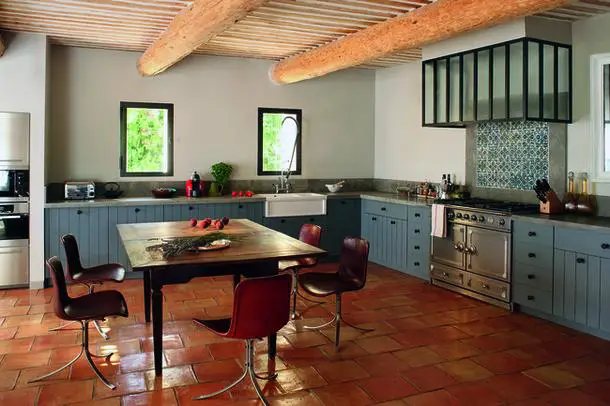
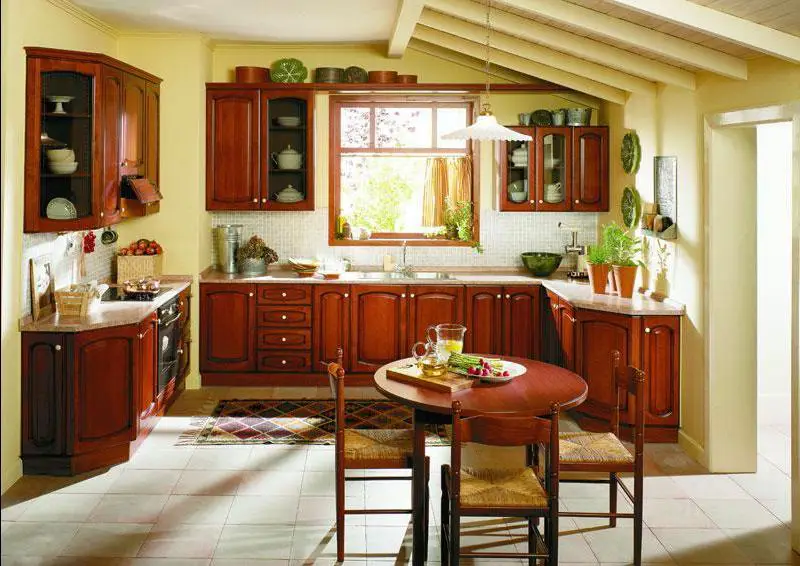
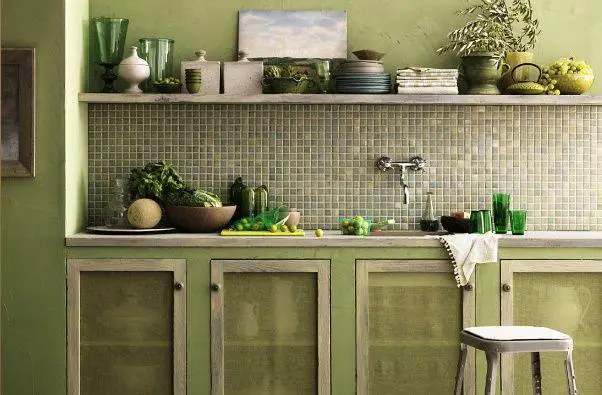
3. Excellent technical performance. Water resistance, scratch resistance, stain resistance, and color retention – all these qualities are found in high-quality interior paints recommended for kitchen wall finishing.
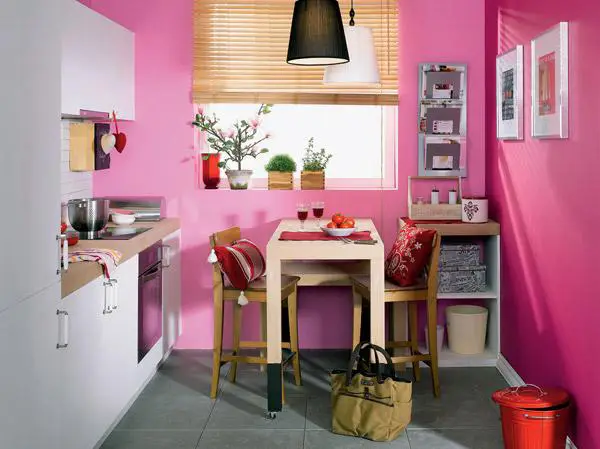


When choosing paint, remember that progress never stops. Manufacturers continuously improve product quality. New innovations with enhanced performance regularly appear on the market.
For example, test results for the innovative matte water-based dispersion paint for walls and ceilings, Dulux Trade Diamond Matt, are impressive. Its resistance to moisture, abrasive cleaning agents, and stains – such as coffee, tea, red wine, blackcurrant juice, mustard, ketchup, sauces, markers, and pencils – is ten times higher than that of similar interior paints. It is also the most resistant to washing among all paints in the EcoDesign line.
Surfaces coated with Dulux Trade Diamond Matt are much easier to keep clean. Moreover, the paint’s outstanding performance reduces the need for repainting, as it ensures both beauty and diamond-level durability.
Which paint to choose? Matte or glossy – that’s the question. While glossy finishes are smoother and easier to clean, they highlight even the smallest wall imperfections. Choosing glossy paint means spending significantly more time and money on surface preparation. It’s far faster and cheaper to simply select a high-quality matte paint.
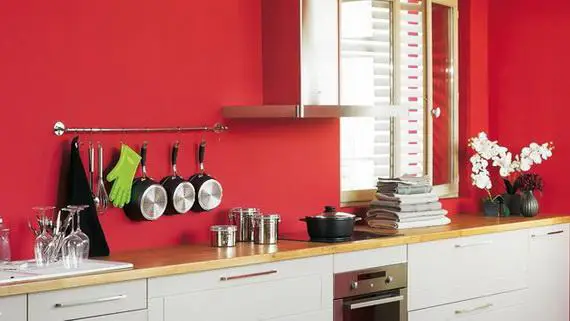
Now let’s discuss paint types. The most suitable options for kitchen wall finishing are: water-based emulsion or dispersion paints; alkyd paints; epoxy paints; polyurethane paints. Unfortunately, the last two are quite expensive, so they are rarely used in residential interiors. Therefore, the choice lies between water-based and alkyd paints.
In Summary:
Paint is one of the most optimal choices for kitchen wall finishing, combining aesthetic freedom, affordability, and long-term practicality. Matte paint is preferable as it hides surface flaws. If you want to add eco-friendliness and ease of application to these benefits, choose modern, high-quality water-based paints such as the innovative Dulux Trade Diamond Matt – a matte, high-durability water-based dispersion paint for walls and ceilings.
